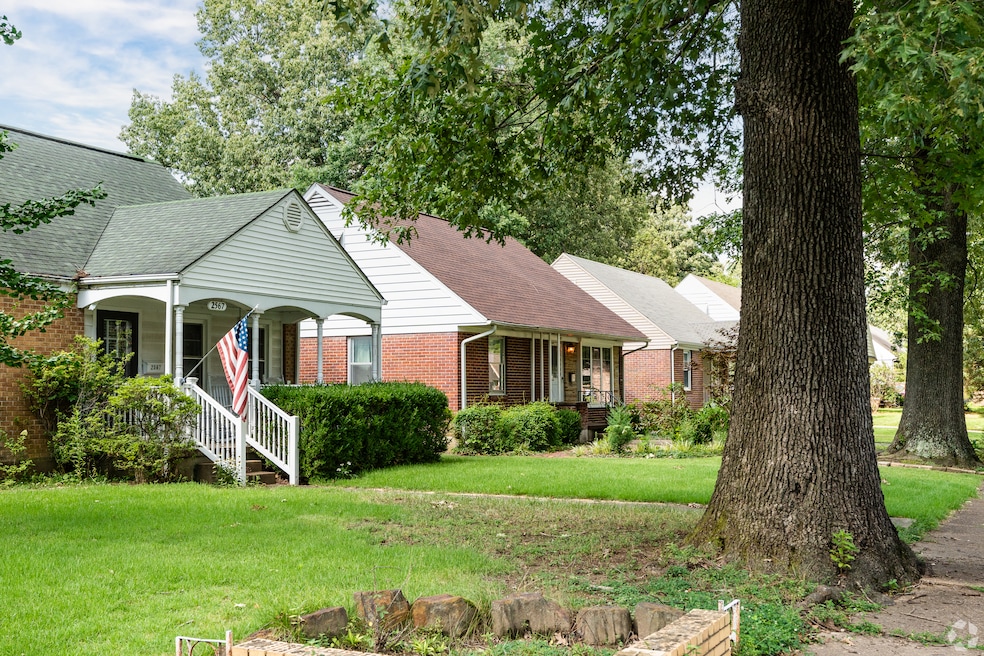Mortgage rates continued a slight downward trend over the past week, though they stayed within the narrow range they have been stuck in for the past two months. Meanwhile, the Federal Reserve decided not to cut a key rate that might affect what people pay for mortgages.
The average rate for a 30-year, fixed-rate mortgage was 6.81% for the period ending Wednesday, down from 6.84% the previous week. The rate has fallen three weeks in a row, but it’s stayed close to 6.8% as uncertainty about the economy’s direction has kept homebuyers from coming off the sidelines.
“We are fully loaded with uncertainty. We’re uncertain about the tariffs. We’re uncertain about the budget,” Melissa Cohn, regional vice president of William Raveis Mortgage, said in an email. She threw in worries about the latest conflict in the Middle East, which has already nudged gas prices upward, for good measure.
Members of the Federal Reserve’s open market committee were considering how tariffs may affect prices and inflation when they decided not to adjust a key interest rate at their meeting Wednesday. The board's moves to cut that rate can have an indirect effect on homebuyers’ mortgage rates. The Fed opted not to change the rate despite positive news that inflation rose less than expected in May. Though consumer prices are stable, they’re still higher than the agency wants.
"Since March, you see a little slower growth, a tick up in unemployment and you see inflation," Federal Reserve chairman Jerome Powell said at a press conference on Wednesday.
Later, when the press asked about concerns on the housing market, Powell said that was a separate concern, one with zero influence on the Federal Reserve's monetary policy.
"The housing market is a longer-run problem and also a short-run problem. I do think it's indicative of basically the situations we have, you know, a shortage of housing and we also have high rates right now," Powell said. "The best thing we can do with the housing market is to restore price stability in a sustainable way and create a strong labor market. That's the best thing we can do for the housing market."
While speaking at the National Association of Real Estate Editors conference in New Orleans on Wednesday, Lawrence Yun, chief economist at the National Association of Realtors, said he expected rates to remain steady, given the same reasons Powell mentioned. Many homebuyers remain on pause, unable to afford the typical mortgage. The median monthly mortgage payment for recent buyers as of January hovered at around $2,000 per month, up from $1,000 per month in January 2020, according to NAR data.
"It (the typical monthly mortgage payment) is substantially higher, it has doubled from what it was five years ago," Yun said. "That is why consumers, even if they desire to buy, they don't have the financial capacity to get the loan to buy."
The 15-year fixed-rate mortgage average rate also fell slightly to 5.96%, a change of just 0.01%. The daily 30-year rate slipped on Tuesday by the same amount to 6.87%, according to Mortgage News Daily.
Persistently high rates have dampened interest among buyers for existing homes as well as new ones coming on the market. Fresh data from the U.S. Census Bureau and Department of Housing and Urban Development on Wednesday showed that new single-family home starts in May fell 7.3% from the same month in 2024, though the 924,000 homes started were virtually unchanged from April.
Mortgage applications were down 2.6% for the week ending June 13, according to the Mortgage Bankers Association.
“Even with lower average mortgage rates, applications declined over the week as ongoing economic uncertainty weighed on potential homebuyers’ purchase decisions,” Joel Kan, MBA’s deputy chief economist, said in a statement Wednesday.

